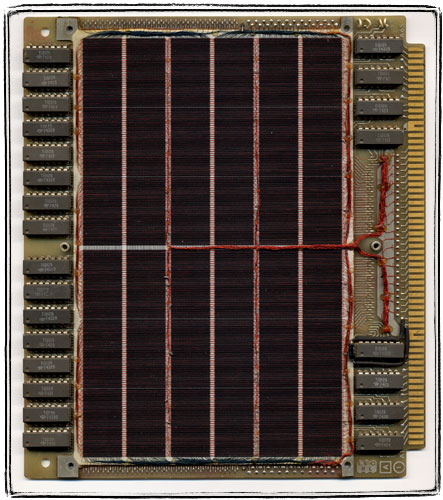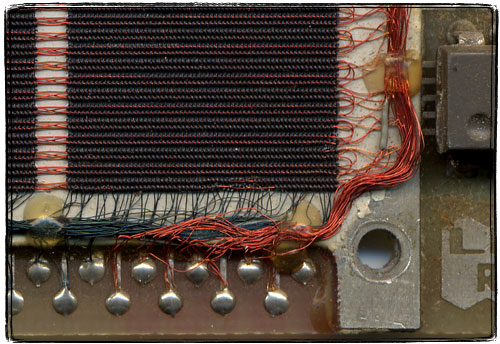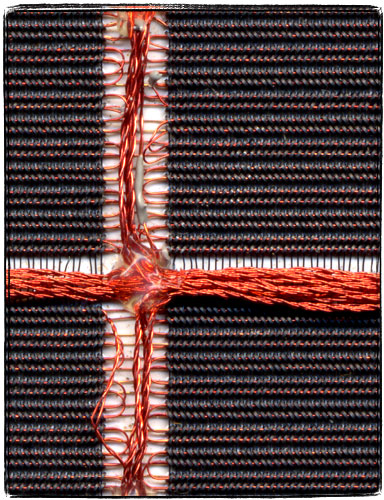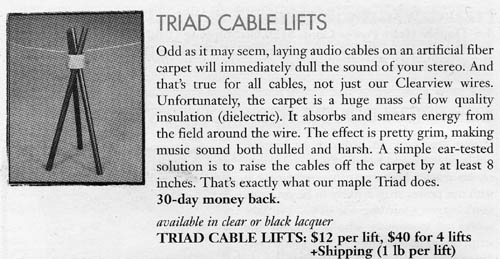I started learning programming on a Soviet computer called Iskra 226, a few of which were given to our after school program by the kind Navy bureaucrats. I vividly remember finding a BASIC program already stored on the hard disk that cheerfully asked a few questions about the weather and the megatonnage of a warhead and then quickly calculated the size of the epicenter, severity of fallout and whatnot. The teacher was not amused and asked me to delete the program before anyone else had a chance to see it..
Although Iskras turned out to be less popular with other kids who preferred Soviet knockoffs of Sinclair Spectrum which had good graphics and buttloads of nice games that could be loaded from audio cassettes, I preferred the loud monochrome screened monster. You see Iscras had peripherals – a dot matrix printer that sounded like a machine gun and a humongous hard drive that sounded even louder.
Later I learned that Iscra was a clone of a Wang 2200 computer. And even later I learned a bit more about Dr. Wang’s company. So, continuing my Computer History Through Coffee Mugs Series, I present to you a prized mug from my collection:

As it turns out, Dr. An Wang also happens to be the inventor of magnetic core memory, a technology that always fascinated me. Here is a core memory plane from my collection:

Core memory stores bits by sending current to donut shaped rings of ferrite. Wikipedia article explains how this works. Early core memory arrays used a small amount of larger ferrite cores. Later ones, like the one on the above picture used buttloads of tiny little cores. From what I heard, these amazing devices were assembled by third world garment workers. By hand. Under microscopes. If you have any doubt that this is true, take a look at these close-up shots that clearly show that this is done by hand:

Jay Dubya Zee shed some light on how horrible is the job of people who assemble camouflage nets. Think about how much worse is doing something like this:

How much ram is this you might ask? The back of the card holds a label. It says:
Lockheed Electronics Company, Inc.
Data Products Division
Core Memory 8k x 18
8200-0001
2001002326-1A1 HK022
7530
These days core memory is still used in aircraft and spacecraft because it keeps the information when power is off and is supposedly less prone to radiation.
The word wang these days mostly means “penis”, a common name of a Chinese restaurant, is used on t-shirts, as a sentence enhancer or just at random. Also, unexplicably, “wing-wang” is another name for a dollar.
Memory dump files are called “core dumps” to this day because of core memory. Also it is common to refer to core dumps of dilithium and chockolatium.


